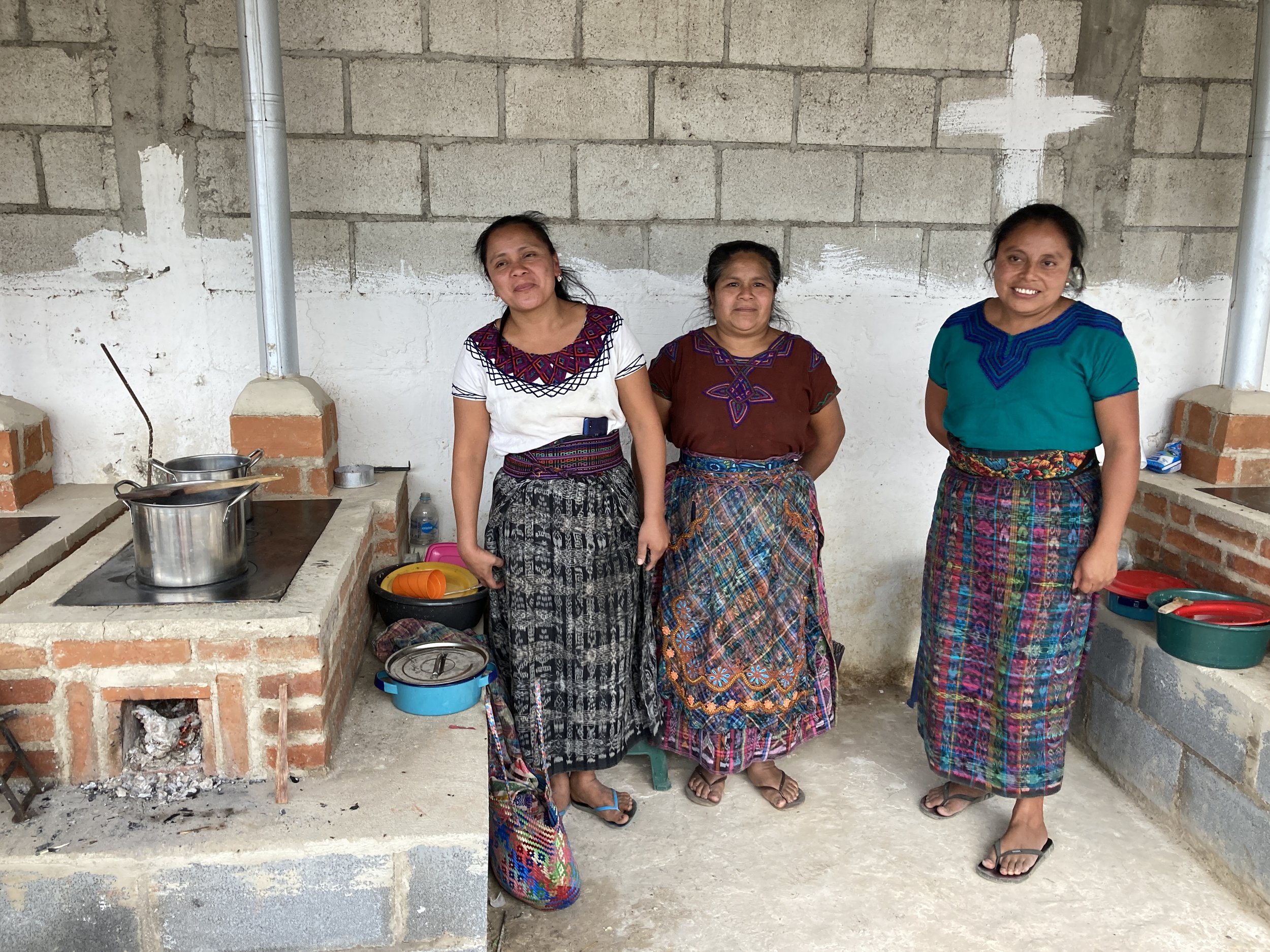At StoveTeam, our stove recipients’ wants and needs inform our designs and approaches. We know that the success of our projects relies on the satisfaction of the families we serve. It’s not enough to provide a stove that saves fuel wood and ensures a smoke-free home, we also need families to truly love our stoves. Otherwise, they might not be be willing to leave behind the generations-old tradition of cooking over an open fire.
The process of listening to the families we serve and tweaking our designs and approaches continues today.
Although the nearly 800 Justa stoves we built in Guatemala last year have been very well-adopted, we are always working to ensure we are truly listening to the needs of the families in every region we support. After all the Justa stove was originally invented in Honduras, and preferences change from region to region. To do this, we recently assembled our local stovebuilders in Guatemala and three cooks from the town of Santiago Zamora to test a series of modified Justa model cookstoves. The most important variation between the designs? Plancha (griddle) size. For the past 18 months, during our Justa stove pilot project in Guatemala, one of the most common requests we have received has been for a larger plancha. We found that the major downside of increasing the plancha’s size is somewhat lower fuel efficiency, but the upside, and the reason families are requesting it, is the ability to cook even more foods at once.
Guatemala Country Director Alex Eaton said,
Amanda Pérez testing the limits of a Justa stove
“StoveTeam’s Program Director Mike Hatfield traveled down from the US to help conduct the test. When he arrived, I saw the glittery eyes of stovebuilders Bety and Eva as they saw that results would come and a new stove would be created. During the week, four models were tested and three hired ladies from Santiago Zamora were in charge of cooking, cooking, cooking to see the best fit. Their results shocked my team a bit: The ladies preferred the same width, but a longer plancha (griddle) in order to cook more foods at once. In a follow-up conversation with Eva, she expected the average cook would think bigger is better.”
“All in all, we learned from this week and have a better idea of what to test to gauge acceptance and adoption.”
Local cooks, hired to conduct the tests and give us their opinions, prepare to begin using the different stove designs.
By the end of the tests, we had learned a great deal about the differences small changes can make, and we had made a plan to continue testing the longer plancha that our test cooks had preferred. StoveTeam’s Program Director Mike Hatfield spoke about our testing method, as well as what’s next in this process:
StoveTeam’s Program Director Mike Hatfield prepares members of StoveTeam’s local Guatemala staff for the test.
“There are two major steps that we use in the testing of a design change. The first is called a Controlled Cooking Test (CCT). This consists of having a few local cooks use the different designs to cook a traditional meal. This December we used traditional meals of black beans, tortillas, and a rice dish called “sopa de arroz.” Repeatedly cooking of the same meal, each time measuring the time and fuel use, gave us our first glimpse into what might be the fuel savings of these design changes.
To get a clearer idea of the impact of a design change, we will place stoves in houses and then perform an in-field test known as the Kitchen Performance Test (KPT), where we measure a larger sample size of houses cooking all of their normal foods and make daily measurements of fuel consumption and compare this to the same households with a traditional open fire.”





